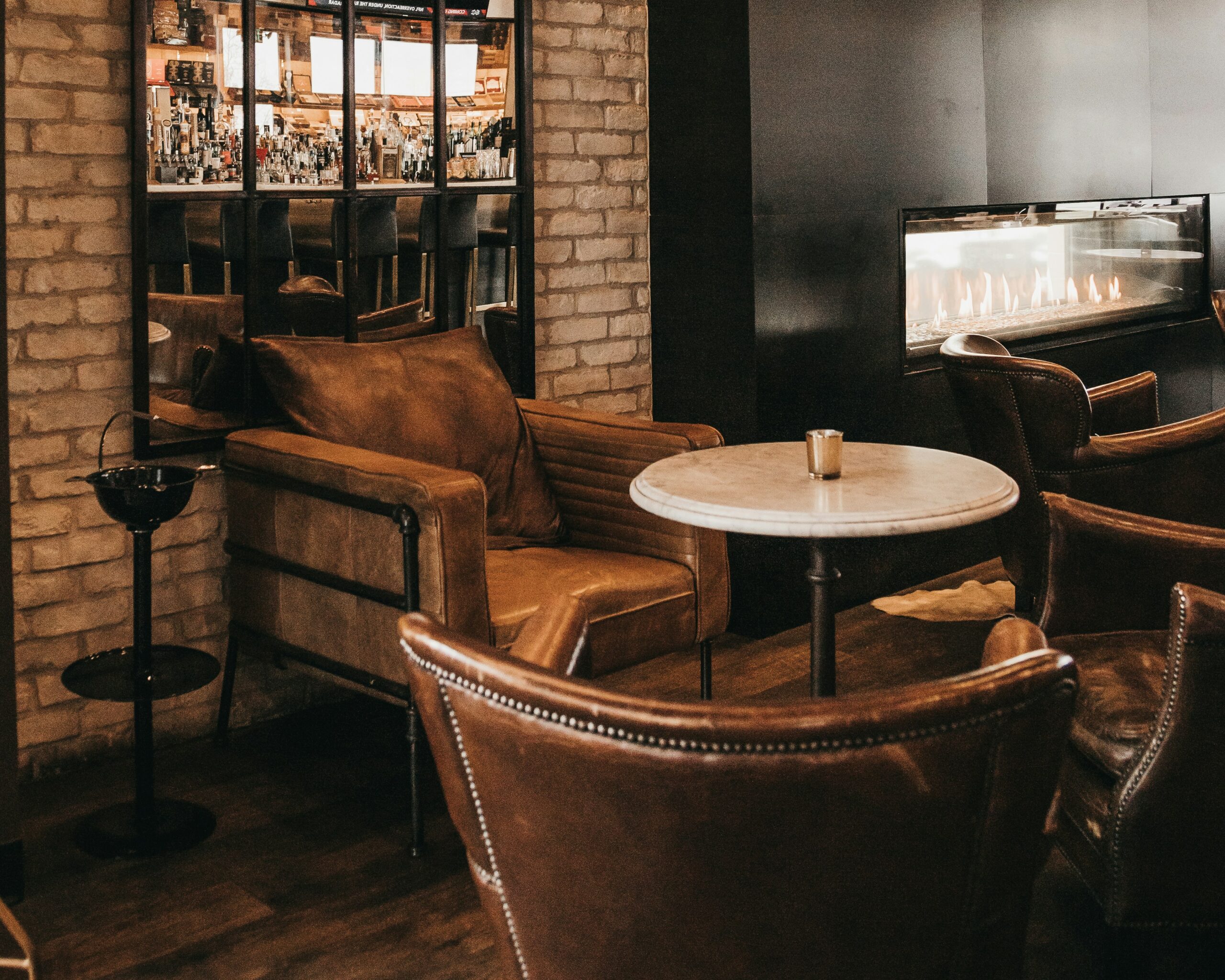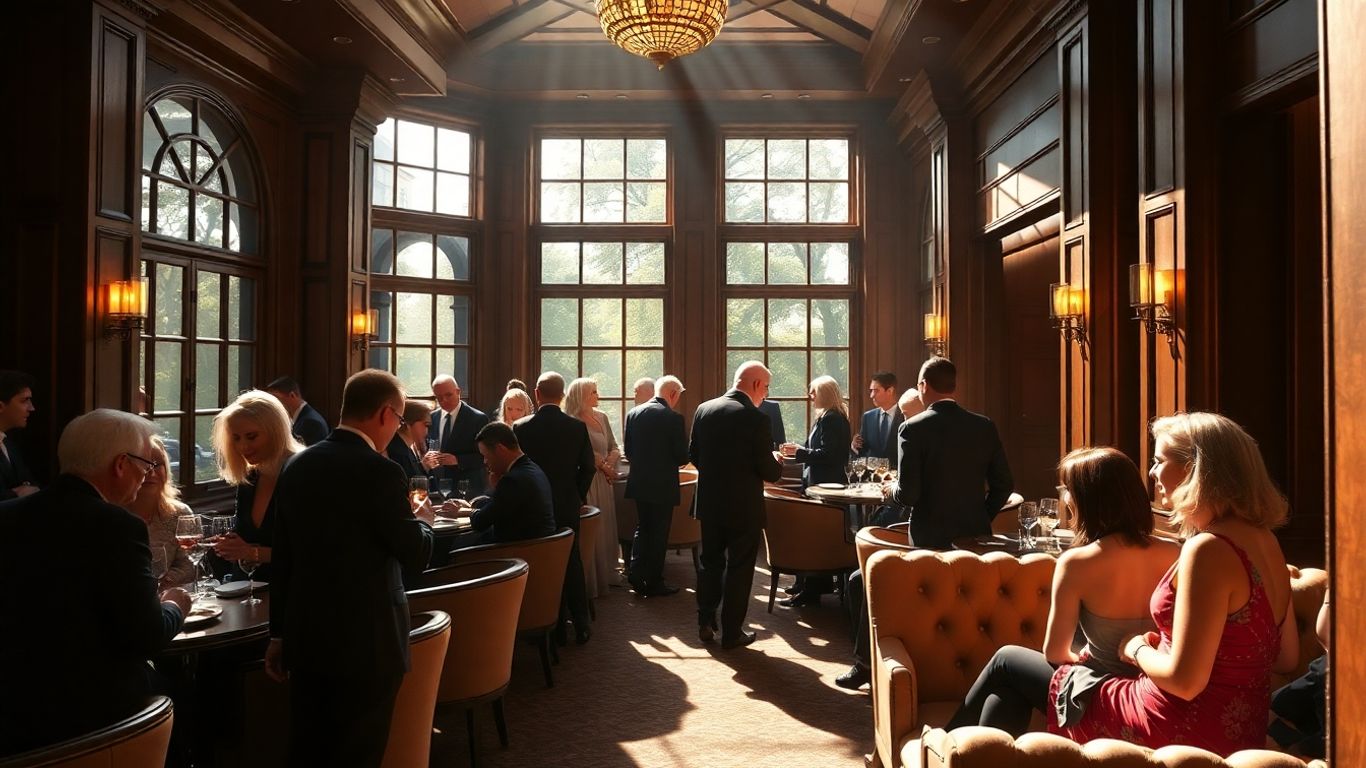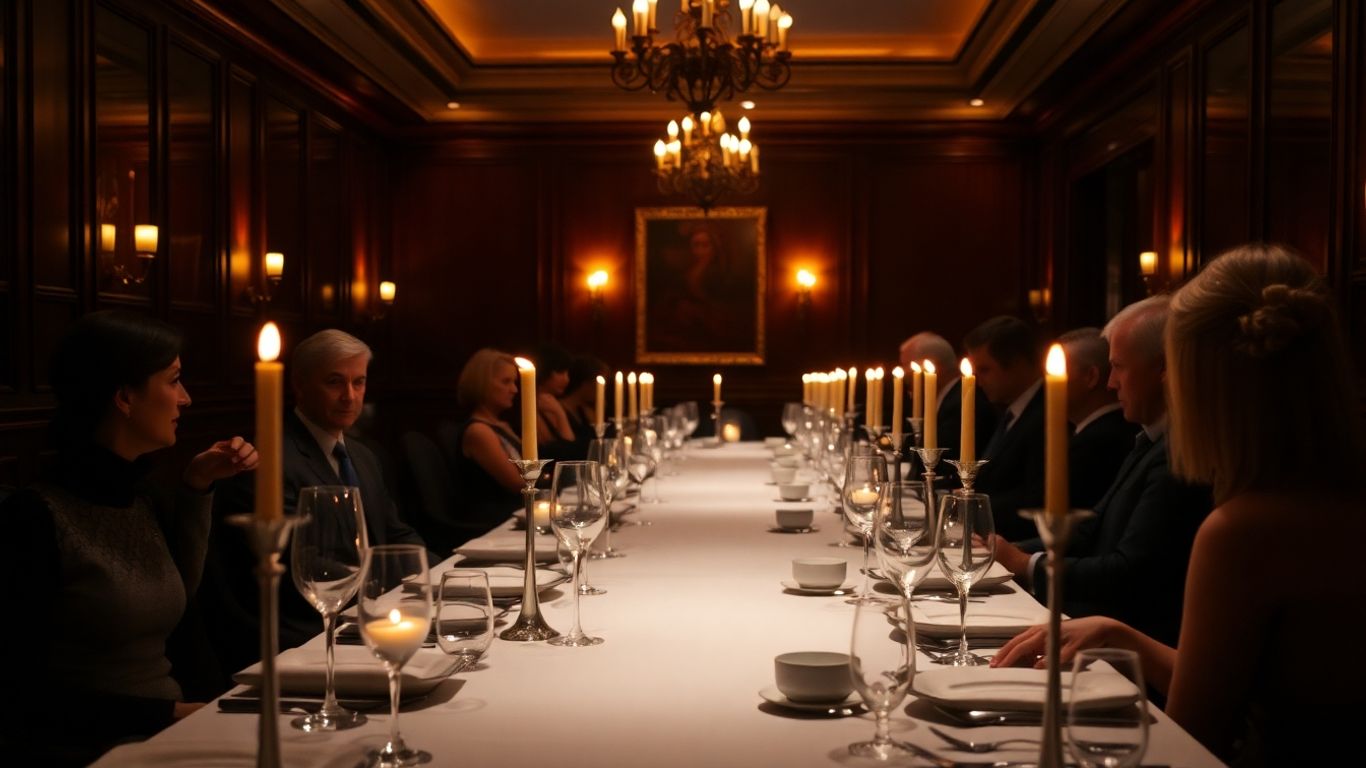Executive Summary
NeueHouse once stood at the intersection of art, culture, and coworking, offering a visionary model for the modern membership experience. Its recent closure serves as a reminder that innovation in the private club world must be matched by operational precision, clear brand positioning, and financial discipline. This article examines what private club leaders can learn from the rise and fall of NeueHouse — and how to build more sustainable hybrid models for the next decade.
The Rise and Fall of a Modern Icon
When NeueHouse opened its first location in Manhattan’s Flatiron District, it promised something new: a members-only space where creativity, culture, and commerce met. With its design-forward interiors, curated events, and mix of workspace and social programming, it redefined what a “club” could mean to a new generation.
Over the years, NeueHouse expanded to Los Angeles and Hollywood, earning a reputation as the “club for creatives.” Its membership blended entrepreneurs, media executives, and designers — people seeking inspiration and connection rather than golf or tradition.
In September 2025, however, NeueHouse announced plans to wind down operations, citing legacy liabilities and financial headwinds. The news sent a ripple through the private club and hospitality industries, not because of scandal or mismanagement, but because it represented the end of a bold experiment.
Rather than a failure, the NeueHouse story should be viewed as a case study in evolution, a signal that while the concept of hybrid private clubs has immense potential, execution must align with sustainability.
A Vision Ahead of Its Time
NeueHouse’s model resonated for a reason. The shift toward remote and hybrid work created demand for spaces that blended productivity with community. Many professionals no longer needed a traditional office but still craved collaboration, aesthetics, and networking.
NeueHouse delivered that with thoughtful design and curated cultural programming. Events ranged from gallery exhibits to panel discussions, and the brand positioned itself as a hub for modern creativity. It was neither a coworking chain nor a stuffy social club — it was something in between.
In many ways, NeueHouse was ahead of its time. But as demand for experience-based membership models continues to grow, its story reveals where even the most creative concepts must tread carefully.
The Hybrid Club Challenge: 5 Key Factors to Consider

Blending workspace, social connection, and hospitality is alluring but complex. Each element, coworking, food and beverage, event programming, and community engagement, has different operational demands and profit margins. When combined, they can either amplify each other or create strain.
Below are key factors that private club operators should consider from the NeueHouse journey.
1. The Economics of Experience
Running a hospitality-driven workspace is capital-intensive. Real estate costs, labor requirements, and programming expenses rise quickly. Clubs that charge flat membership fees must balance exclusivity with profitability.
NeueHouse offered high-end design and service but operated in some of the most expensive markets in the world. For many hybrid clubs, managing occupancy and cost structure is as vital as curating experiences.
2. The Identity Balancing Act
Hybrid clubs must answer a deceptively simple question: what are we first? Are we a workspace, a hospitality brand, or a social network? Ambiguity can confuse members and dilute messaging.
The most successful emerging clubs, from wellness-driven collectives to boutique professional societies, lead with clarity. Members know exactly what they’re joining and why it matters to them.
3. Operational Complexity
Blending multiple service models creates logistical challenges. Staffing for daytime workspace operations differs from staffing for evening events or dining. Programming requires coordination between cultural partners, culinary teams, and marketing.
This doesn’t make hybrid models unviable, but it does make them intricate. Clubs considering expansion into “co-work plus culture” must ensure systems, technology, and staffing are flexible enough to pivot with demand.
4. Brand and Community Alignment
Every private club ultimately sells belonging. NeueHouse attracted a creative audience that valued aesthetics and culture, but long-term sustainability depends on member engagement and retention.
Successful clubs today are investing in data-driven engagement strategies, tracking attendance, preferences, and spending to refine experiences that feel personal. The lesson is not to grow faster, but to grow deeper.
What Are the Broader Industry Implications?

NeueHouse’s story is part of a larger trend reshaping the private club landscape. Across the United States, club developers are rethinking the purpose of membership.
Some key shifts include:
- Urban renaissance: New social clubs are emerging in mid-sized cities like Nashville, Austin, and Denver, where real estate costs allow creative formats to flourish.
- Work-life integration: Clubs that combine workspaces, wellness, and lifestyle amenities are appealing to professionals seeking one membership that fits multiple needs.
- Experience over heritage: Younger members are less drawn to legacy and more to personalization, design, and values alignment.
The private club industry is expanding beyond the traditional golf course model into a diverse ecosystem of communities — from culinary collectives to impact-driven societies. Each faces the same challenge NeueHouse confronted: translating vision into a financially and culturally sustainable model.
5 Key Takeaways: What Club Leaders Can Learn
Not all is lost, even when clubs like NeueHouse and Soho House, industry pillars, falter. In fact, their lessons are other clubs’ gain, helping club owners and managers rethink how they approach operations, member experiences, and the culture they want to create. Here are five takeaways:
Clarity Before Expansion
Define what you want your club to represent before expanding into new formats. Clear identity drives clear decisions.Pilot Before Scaling
Test hybrid programs in limited forms — a shared work lounge, curated daytime programming, or flexible member tiers — before committing to full rollouts.Flexibility in Space Design
Use modular layouts and multipurpose furnishings to shift between coworking, dining, and events without excessive overhead.Balance Community and Commerce
Membership models thrive when emotional loyalty and financial sustainability align. Design tiers and experiences that create both intimacy and margin.Data-Driven Decision Making
Use analytics to understand member behavior, occupancy patterns, and event engagement. Insights reduce risk and improve long-term planning.
A Cautionary Tale — Not a Failure

NeueHouse deserves recognition for its bold vision and for sparking excitement amongst an untapped market. It demonstrated that private clubs can evolve beyond tradition and appeal to modern professionals seeking creativity and connection. Its closure underscores how even the most inspired ideas must rest on strong financial and operational foundations.
As the industry continues to innovate, NeueHouse’s legacy will likely inform how new hybrid clubs structure themselves — smaller footprints, diversified revenue streams, and tighter cost control.
Private clubs looking to innovate should view NeueHouse as a pioneer that explored new territory, encountered turbulence, and left behind valuable insight for those who follow.
FAQ: Hybrid Club Lessons
Are hybrid clubs still a viable model?
Yes. The demand for flexible, community-driven spaces continues to rise, especially among professionals who value experience over traditional office life. The key is operational efficiency and niche focus.
What’s the biggest pitfall for clubs expanding into coworking?
Underestimating overhead and complexity. Hybrid operations require more staff coordination and higher fixed costs than traditional clubs.
How can smaller clubs test the concept safely?
Start with small-scale pilots such as shared work areas or rotating member-hosted workshops. Gather feedback before redesigning full spaces.
What types of hybrid models are emerging successfully?
Wellness-forward clubs, boutique cultural salons, and hospitality brands with integrated workspace elements are finding traction in secondary markets.
Will members pay premium prices for hybrid experiences?
Yes, if the value feels exclusive, personalized, and community-driven. Members aren’t just buying access; they’re investing in identity and belonging.
Final Thoughts
NeueHouse may have closed its doors, but its influence is far from over. Its experiment challenged every assumption about what a private club could be, blending artistry, business, and belonging. For industry leaders, its story offers a chance to pause, learn, and recalibrate.
The next generation of clubs will likely borrow its vision while avoiding its vulnerabilities. They’ll pursue thoughtful growth, flexible design, and member intimacy over scale.
The hybrid club era is still in its early chapters — and with the right balance of creativity and discipline, it could define the future of the private club industry. Want to see more in-depth insights into industry news, trends and tips? Join the Club Intelligence community, where private social club owners and managers come together to share ideas and best practices, learn from each other, and grow their networks.


